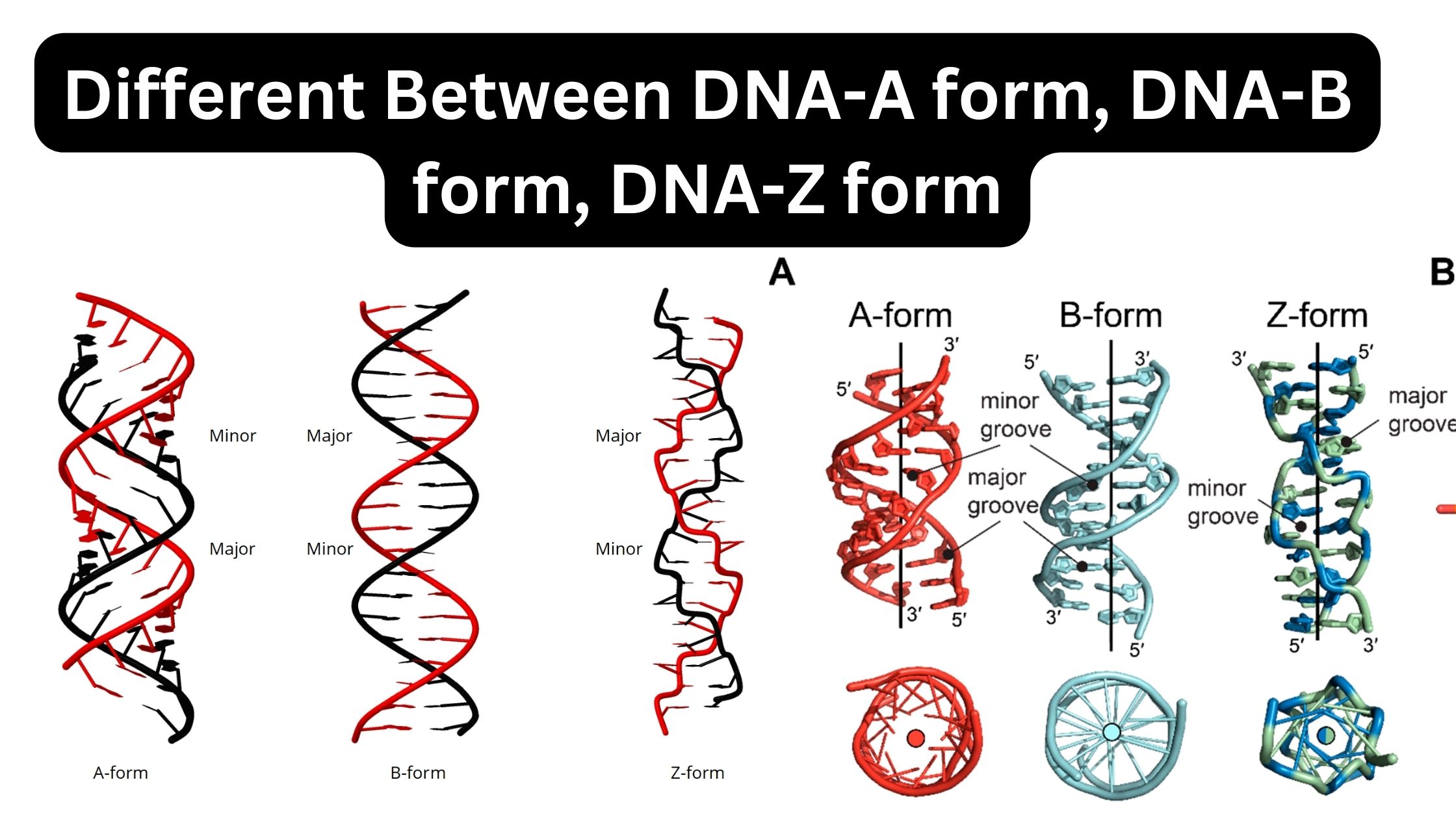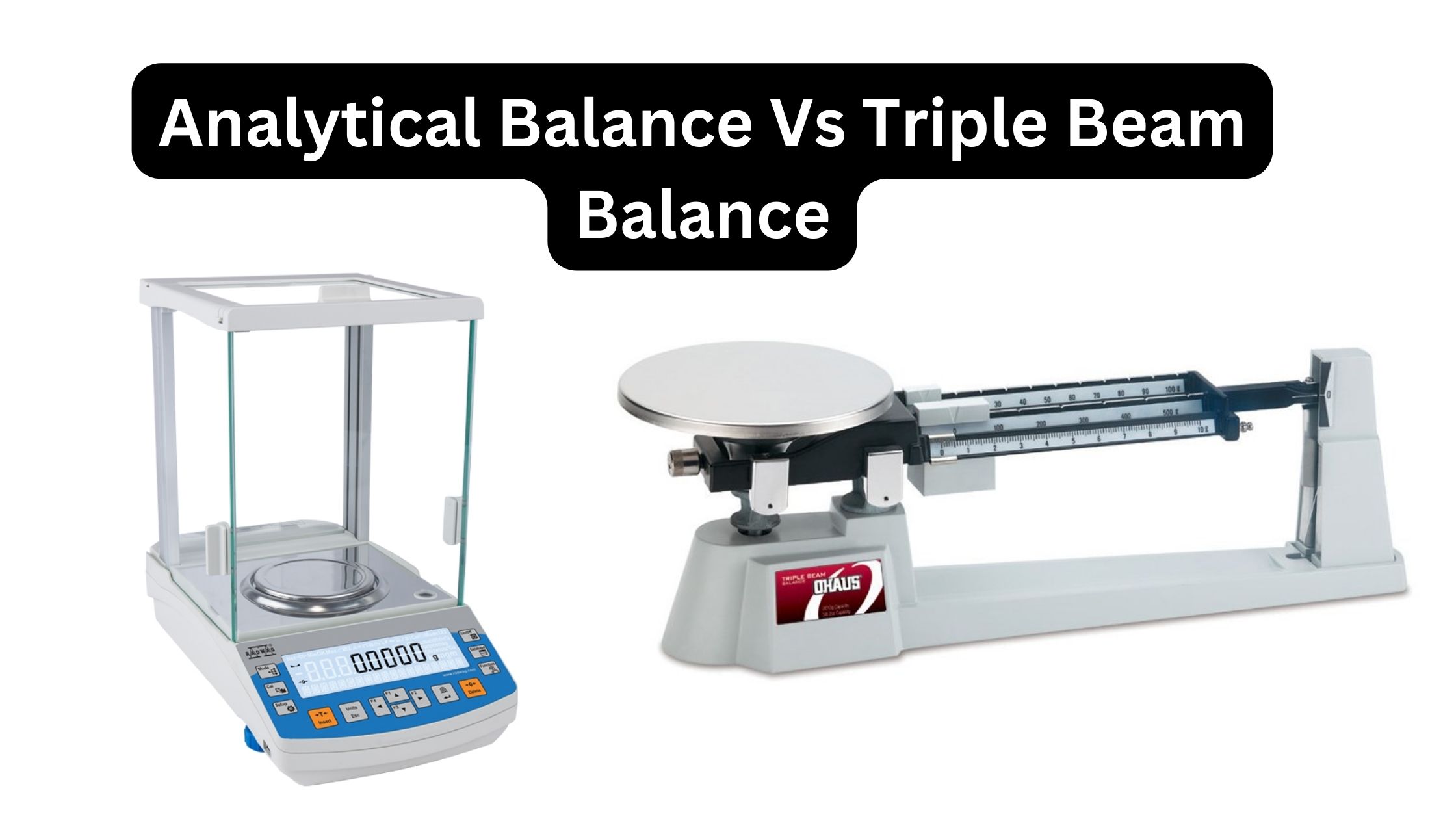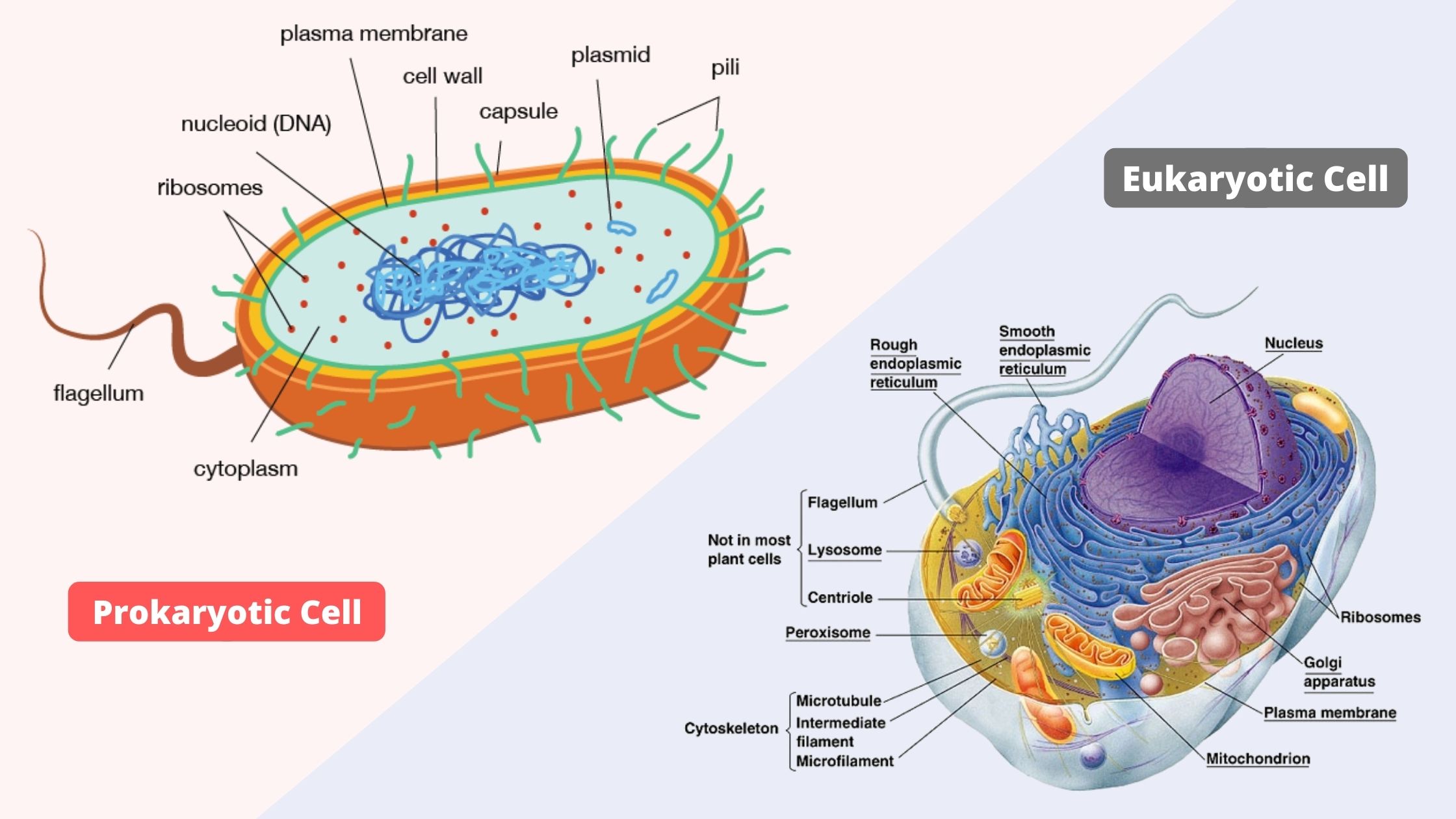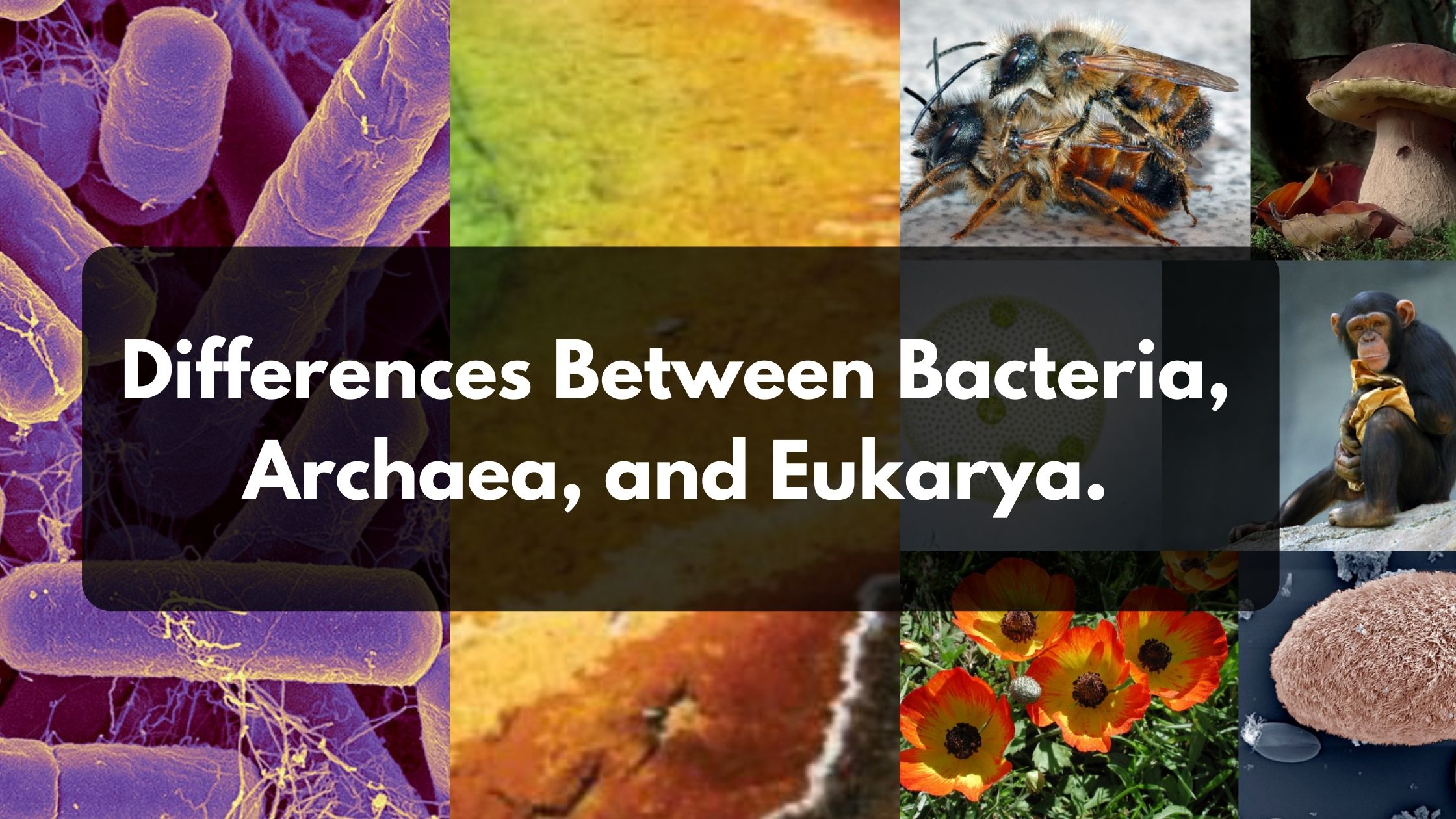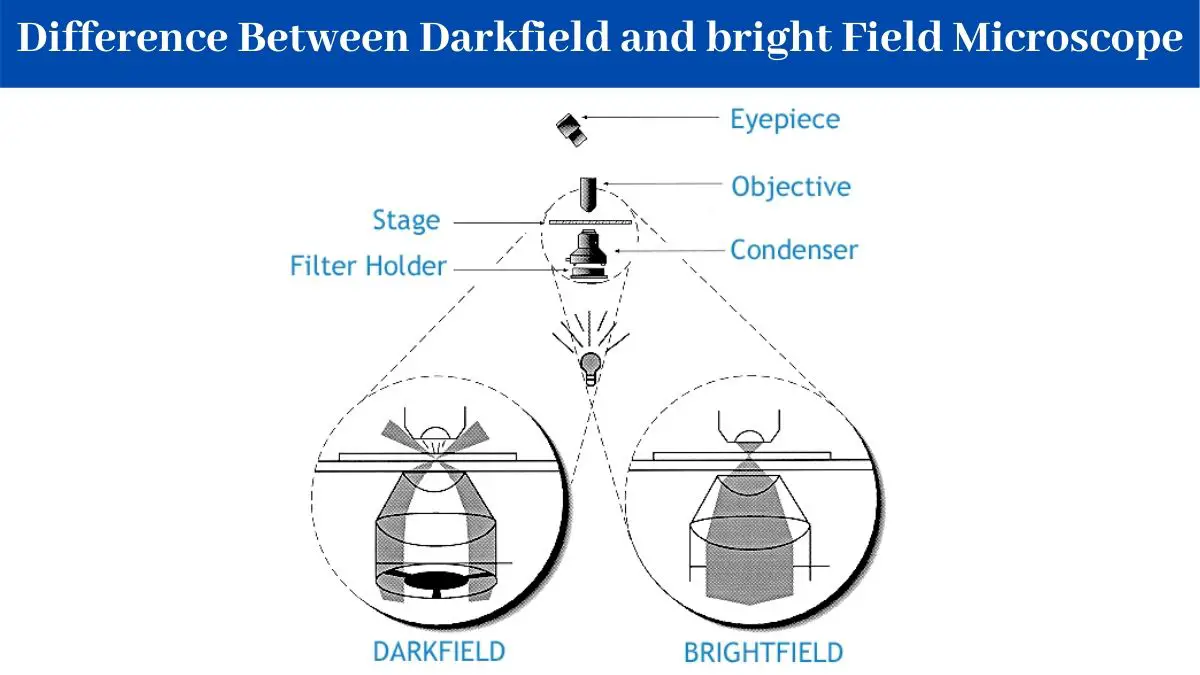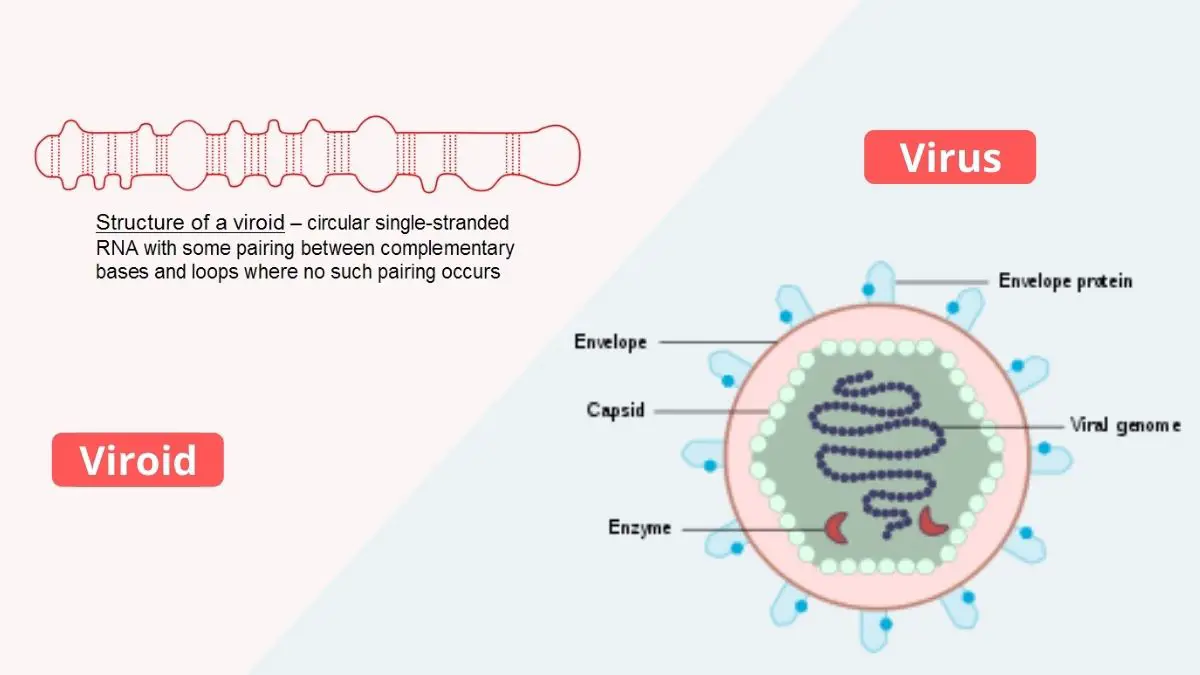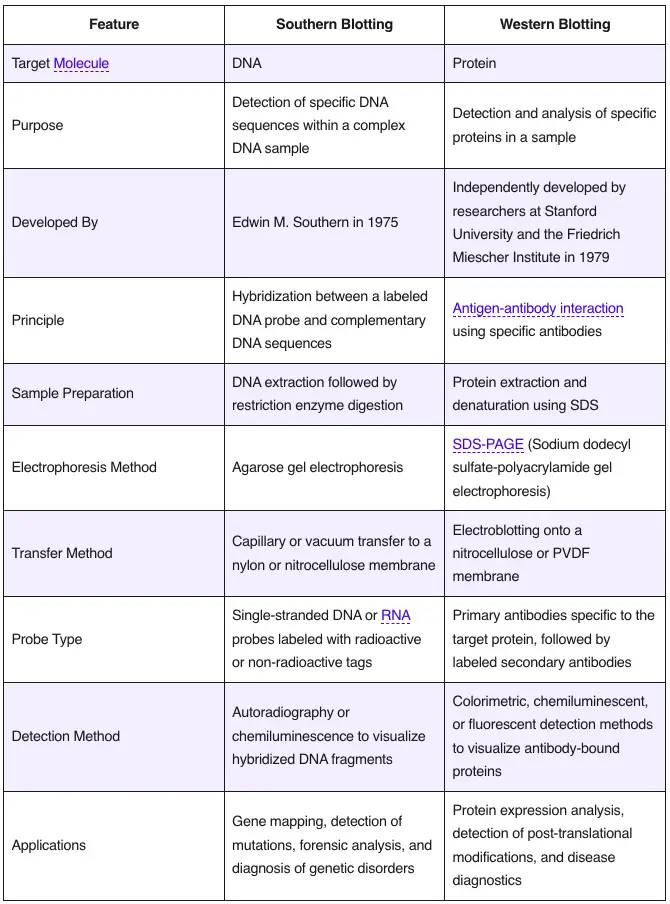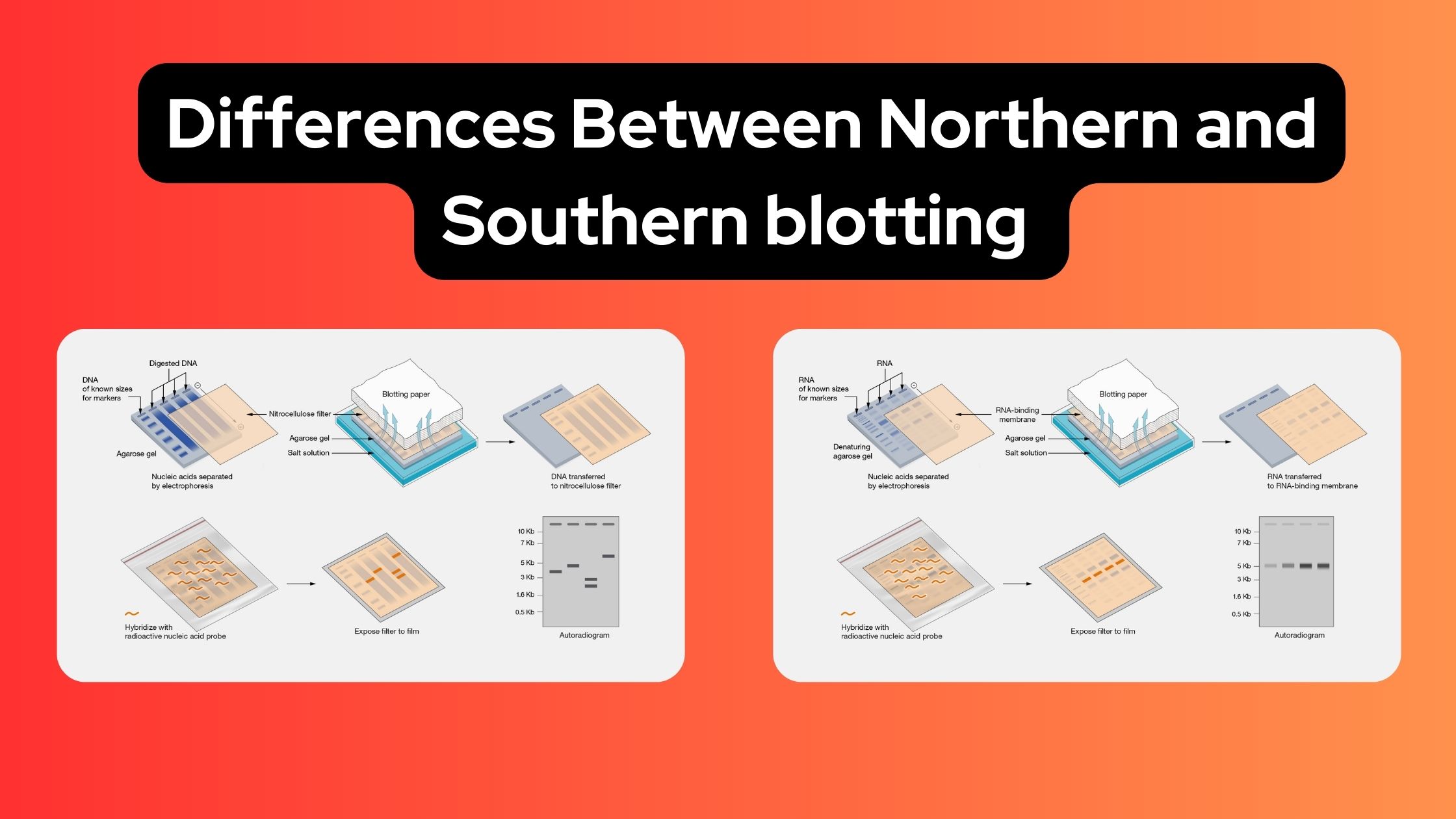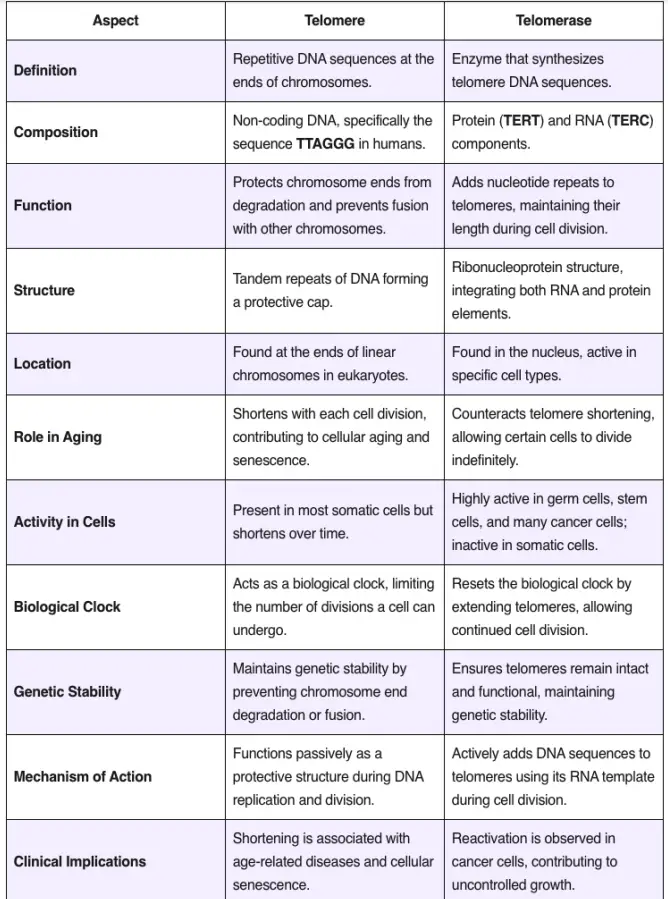Different Between DNA-A form, DNA-B form, DNA-Z form
Different forms of DNA exist because the molecule can shift its structure when the surrounding conditions is changed. It is the property of DNA to show polymorphism, and this is the reason why B-DNA is not the only form present in cells. It is observed that the B-form is the common right-handed helix under normal … Read more
